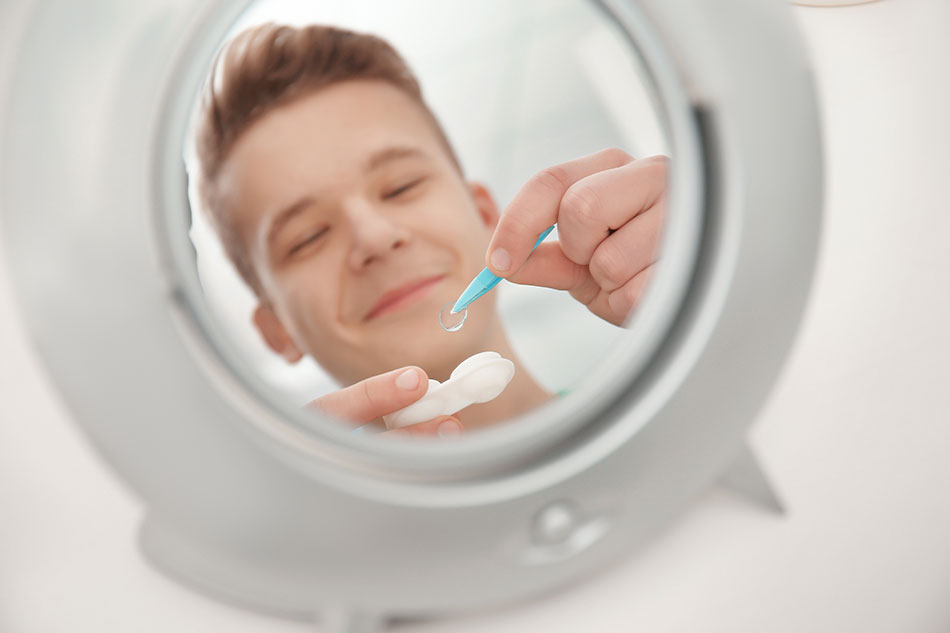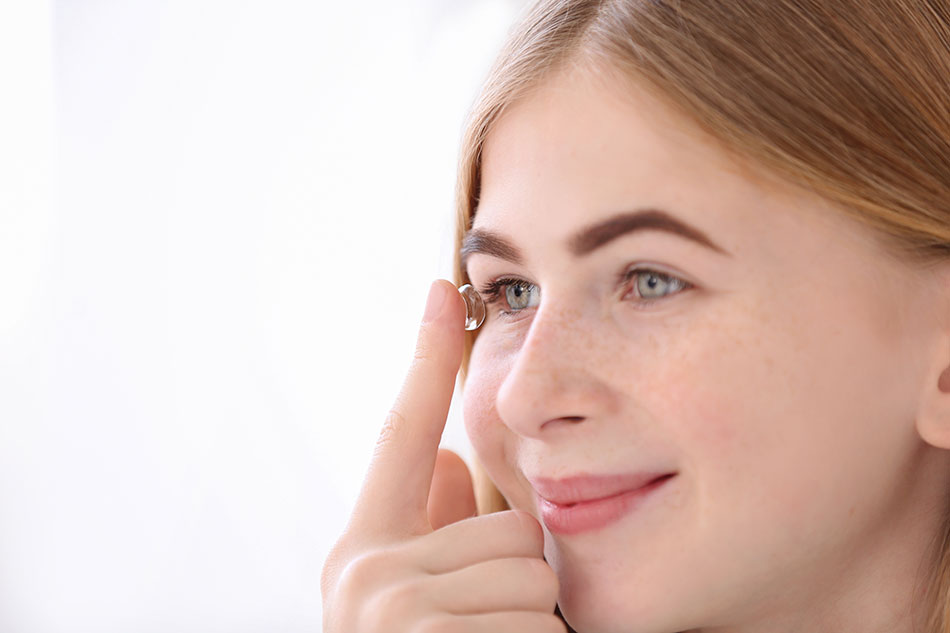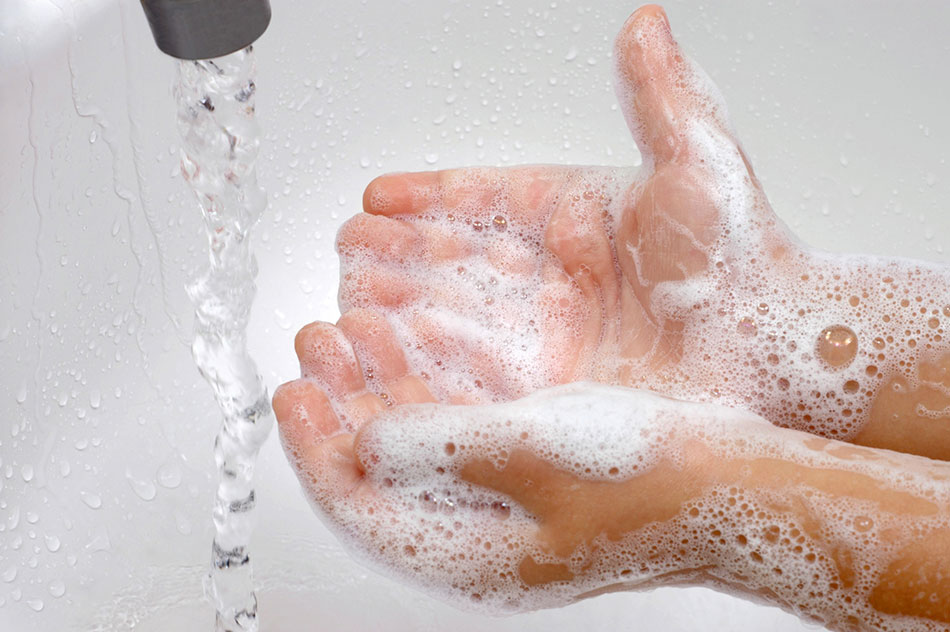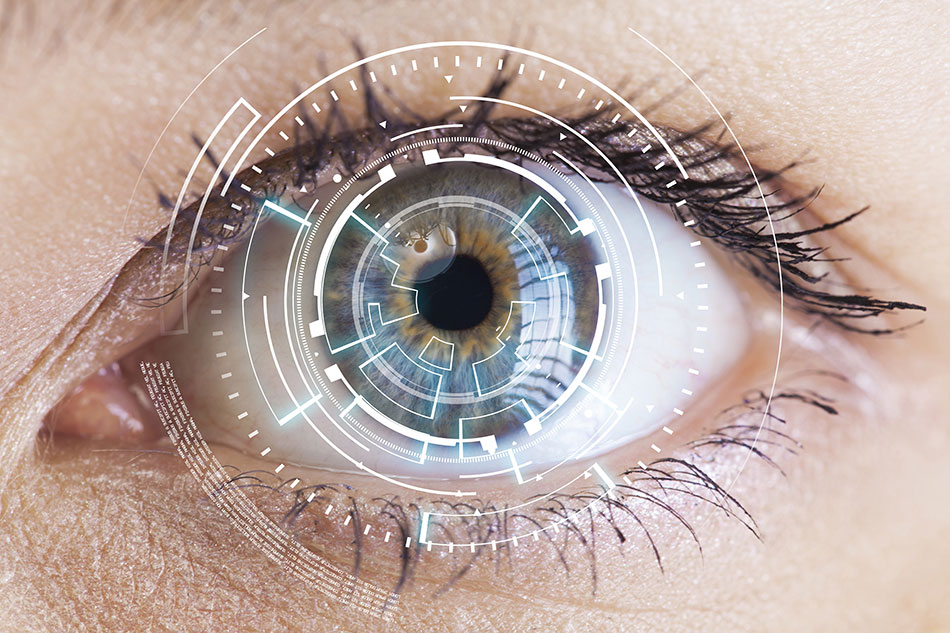Learn How to Get Used to Contacts With These 4 Tips

A huge portion of the population needs corrective lenses to see properly, and millions of them use contact lenses. If you're new to them, your biggest challenge might be figuring out how to get used to contacts.
For people who aren't accustomed to touching their eyes on a daily basis, the process can seem quite foreign and even frightening. If you're trying to figure out what works best for you, follow our four best tips.
1. Practice Putting in Your Lenses

The first time you put in your contact lenses, you may wonder whether or not you're doing it right. It might be tricky to put them in and take them out when you first begin, as you're probably not used to touching your eyeball all that much.
When you first talk to your optometrist, they’ll give you step-by-step instructions. This will involve washing your hands, picking up your contact, and then, with your eyelid held open, placing the contact on your eye. As simple as this is to describe, it doesn't always go as planned.
After some time, putting in your contacts will be as simple as tying your shoes. You'll be able to do it even when you’re sleepy — on your way to bed or just after you wake up in the morning. But as of now, it's probably a struggle.
Start with the same eye every single time, so you don't get your lenses mixed up. You don’t want to pass an infection from one eye to the other. Also, if you have slight astigmatism, things may look strange if you put the wrong contact in.
You can also ask your friends how they do it and practice with them.
2.Practice Good Hygiene Habits

Once you adjust to the basics of putting contact lenses in and taking them out, it's easy to fall into some bad habits. Remember not to rush. Before you even touch your contacts, there are some very important steps to follow to maintain healthy eyes.
Give your eyes a check once a day to figure out how you’re doing. Even if you don't notice anything overtly wrong, look in a mirror and pay attention to how you feel. If you're seeing clearly and your eyes don't appear to have any irritation, you're on a good path.
Before you start touching your contacts or your eyes, wash your hands and dry them off with a clean or sterile towel, or a disposable paper towel. Be sure you don't have any soaps or cleansers on your hands before you start working. This is a very important step to go through, even if you’re rushed. Failure to clean and dry your hands thoroughly could lead to an eye infection.
Don't rub your eyes. While you might feel the urge to give your eyes a little rub, it's likely that impulse stems from the feeling that there's something under your contact. If that's the case, dirt or lint could scratch your cornea or rip your lens if you're not careful.
At the end of every day, be sure to clean and disinfect your lenses with the contact lens solution you received from your optometrist or bought at the store. Don't use tap water, as the impurities and bacteria could do serious and permanent damage to your eyes.
3. Pay Attention to Wear Schedules
Depending on the kinds of lenses you have, you'll have to replace them periodically. Some lenses will last the better part of a year while others you should discard every month or every week. There are even daily wear lenses designed for daily disposal.
Whatever lenses you decide on, be sure you replace them on the schedule that your eye doctor provides. Wearing them for too long will have you looking through blurry lenses after they've worn down. You could even risk tearing your contacts and damaging your eyes. On top of that, the buildup of proteins on the lenses could set off an eye infection.
Be sure to follow your doctor’s directions about the maximum number of hours per day you can wear your lenses. At the end of the day, wash your hands and remove your lenses. You should never be sleeping with your lenses in unless you’re using extended-wear lenses and your eye doctor has advised it’s safe for you to do so.
4. Check Contact Lens Alignment

If you've put your contacts in the right way, you won't even realize they’re there. If you can feel them moving around, it's time to check on them. Just by removing your lenses and cleaning them after an inspection, you could fix the problem. If the feeling persists though, see your eye doctor to make sure there isn't anything going on.
If your lens is inside-out, it might not fit correctly. The shape of your lens fits your eyeball’s unique shape, which isn't actually perfectly round. A flipped over lens will tend to move around.
While you have your contact in, it can be hard to tell whether or not it's on the right way. Take it out and check to see if the edges flare out. If this is the case, flip it around and try again.
If you can't seem to get your lens to sit right, check that there isn't a piece of dirt on your lens. Drop it into your contact holder with some solution to make sure they’re clean.
Damaged lenses can give you trouble when trying to align them. If you think you have a torn lens, wash your hands and replace both your lenses with a new pair.
With time, you'll know when your lenses are properly aligned and when it's time to take them out and try again.
Getting Used to Contacts Takes Time
If you're not comfortable using contacts for the first week or two, that's perfectly normal. The concept of touching your finger to your eye can seem odd for a while after you get your lenses. If you're struggling to figure out how to get used to contacts, the secret ingredient is time. We promise. One day you won’t give your lenses a second thought. And then you’ll realize they’d become comfortable without you even noticing!
Wondering what the future of contacts holds? Check out what’s on the horizon for contact technology.